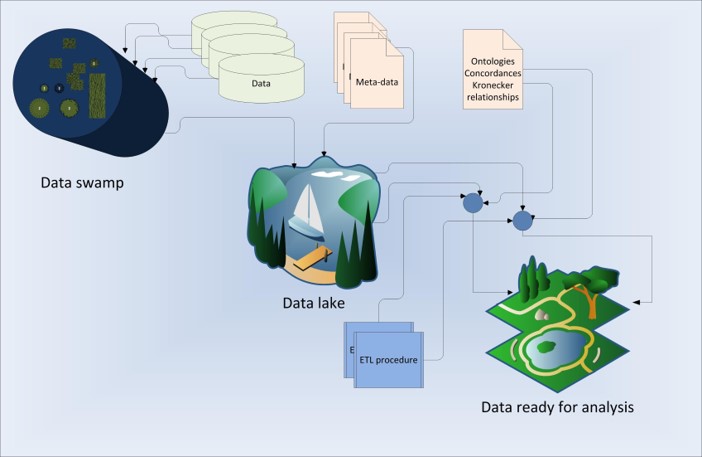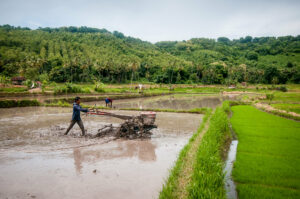
The evolution of the use of Foresight methods: a scientometric analysis of global FTA research output
An increasing number of quantitative and qualitative methods have been used for future-oriented technology analysis (FTA) to develop understanding of situations, enable creativity, engage experts, and provide interaction. FTA practitioners have used frequently one or a suitable mixture of these methods for their activities. Changing policy and strategy making contexts as well as enabling technologies increased the need and possibility for performing adaptive Foresight studies in order to improve decision making about the future and using making better use of limited resources. This study performs a scientometric analysis of the publications in the major FTA journals with the aim of understanding the dynamics of using Foresight methods across time. Among the other branches of FTA, including forecasting, futures, and technology assessment, a special emphasis is given on Foresight as a systematic and inclusive way of exploring long term futures, developing visions and formulating policies for action. The study aims at detecting the key Trends and Weak Signals regarding the use of existing methods and emerging ones with potential uses for Foresight activities. Further implications will be achieved with the generation of networks for quantitative and qualitative methods. This will demonstrate the most frequently combined Foresight methods by researchers and practitioners. Where possible the methods will also be cross-fertilised with the key thematic areas to illustrate the relationships between policy domains and industrial sectors covered by the scope of study with methodological choice. This output is considered to be taken as a methodological guide for any researchers, practitioners or policy makers, who might embark upon or involved in a Foresight activity. Further outputs of the study will include the identification of centres of excellence in the use of Foresight methods and collaboration networks between countries, institutions and policy domains. Overall, the paper demonstrates how scientometric tools can be used to understand the dynamics of evolution in a research field. Thus, it provides an overview of the use of methods in Foresight, and how it is distinguished from the other FTA activities; the evolutionary characteristics of methodological design and factors influencing the choice of methods; and finally a discussion on the future potentials for new cutting-edge approaches.








